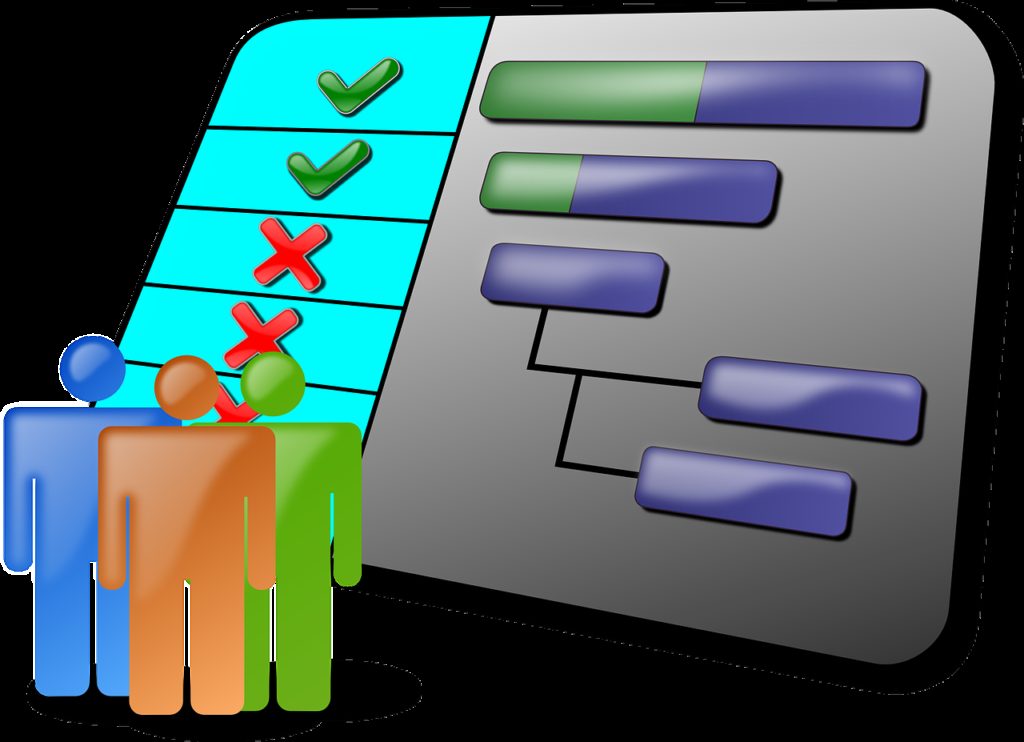Documentation for projects is like the canvas on which the masterpiece of quality control and process improvement is painted. In this exploration, we delve into the world of project documentation, unraveling its importance and various elements in a manner that anyone can easily comprehend.
Understanding Project Documentation – The Blueprint
Project documentation serves as the blueprint for any undertaking. Much like an architect’s detailed plans, project documentation outlines the goals, strategies, and steps needed for successful execution. It acts as a guiding document, ensuring that everyone involved understands their roles and the path ahead.
In the world of quality control, project documentation becomes the compass, directing teams toward achieving desired outcomes. From defining objectives to specifying tasks, this blueprint sets the foundation for a well-executed project.
Project Charters – Setting Sail
Imagine a project charter as the ship’s captain setting sail on a grand voyage. In project documentation, a charter outlines the project’s purpose, scope, and objectives. It is the declaration that signals the beginning of a new journey, providing a clear direction for the team.
In quality control, a project charter becomes the captain’s log, recording the essential details that guide the ship. From defining project boundaries to establishing the core team, the charter sets the tone for a successful project expedition.
Work Breakdown Structure (WBS) – Building the Framework
A Work Breakdown Structure (WBS) is like constructing the framework of a building. In project documentation, WBS breaks down the entire project into manageable components or tasks. It’s the architectural plan that ensures every detail is considered and accounted for.
In the realm of quality control, a WBS becomes the construction plan, outlining each phase of the project. From the foundation to the finishing touches, it provides a roadmap for the team to navigate the construction of a successful project.
Gantt Charts – The Project Timeline

Gantt charts are akin to a timeline that tracks the progress of a story. In project documentation, a Gantt chart displays project tasks over time, creating a visual representation of their interdependencies. It acts as a storytelling tool, revealing the narrative of a project’s evolution.
For quality control, Gantt charts become the storyteller’s scroll, unrolling the sequence of tasks and their interconnections. This visualization aids in understanding the project’s timeline, allowing teams to orchestrate their efforts effectively.
Risk Registers – Navigating Stormy Seas
Picture a risk register as the sailor’s map, guiding through stormy seas. In project documentation, a risk register identifies potential challenges that could impact the project’s success. It’s the navigator’s tool, preparing the crew for potential obstacles and ensuring they have strategies in place to overcome them.
In quality control, a risk register becomes the compass, pointing out potential deviations and uncertainties. It empowers teams to navigate through challenges with foresight, enhancing the project’s resilience against unexpected storms.
Meeting Minutes – Recording the Conversations
Meeting minutes are like the scribe’s parchment, documenting important conversations. In project documentation, meeting minutes capture discussions, decisions, and action items during team gatherings. They serve as a record, ensuring that everyone is on the same page and commitments are tracked.
For quality control, meeting minutes transform into the historian’s journal, chronicling the journey of the project. They provide a record of decisions made, changes discussed, and next steps, ensuring that the project’s narrative is preserved.
Lessons Learned – Growing from Experience
Imagine lessons learned as a gardener’s journal, nurturing the garden of knowledge. In project documentation, a lessons-learned document reflects on the project’s successes and challenges. It’s the repository of insights gained through experience, guiding future endeavors toward greater success.
In quality control, lessons learned become the gardener’s guide, offering valuable insights for continuous improvement. They serve as a living document, cultivating a culture of learning and growth within the organization.
Conclusion: Crafting the Project Tapestry
Project documentation is the tapestry on which the story of a project unfolds. From the initial stroke of the project charter to the detailed strokes of the work breakdown structure, Gantt charts, risk registers, meeting minutes, and lessons learned, each element contributes to the richness of the project narrative.